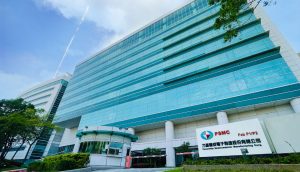Popular Keywords
- About Us
-
Research Report
Research Directory
Semiconductors
LED
Consumer Electronics
Emerging Technologies
- Selected Topics
- Membership
- Price Trends
- Press Center
- News
- Events
- Contact Us
News

Intel has reportedly retained the export licenses that would have prohibited them from selling laptop processor (CPU) chips to the Chinese telecommunications giant Huawei. This signifies that Intel has temporarily preserved its business of providing chips worth hundreds of millions of dollars to Hu...
News

Shortly after the release of the MacBook Air with the built-in M3 chip, a report from MacRumors has cited the report that Apple is already working on the development of the next-generation M4 chip, expected to be launched next year. As per Mark Gurman revealed in a Q&A with Bloomberg, Apple h...
News

With AI demand exploding across the board, TSMC initiated a major expansion plan for CoWoS in 2023. According to MoneyDJ citing sources, TSMC reportedly initiated a new wave of orders to Taiwan-based equipment manufacturers this month. Delivery is expected in the fourth quarter of this year. Ther...
News

With the rising demand in the memory market and Chinese memory companies actively preparing for competition, a report from TechNews indicates that Zhou Meisheng, formerly the assistant to SMIC's co-CEO Liang Mengsong, has joined ChangXin Memory Technology (CXMT) as the head of the Technical Researc...
News

As various governments actively court semiconductor foundries in Taiwan, PSMC, in partnership with India's Tata Group, held a groundbreaking ceremony for India's first 12-inch fab on March 12th. As per a report from TechNews, PSMC has been collaborating with Japan and India recently to establish a s...